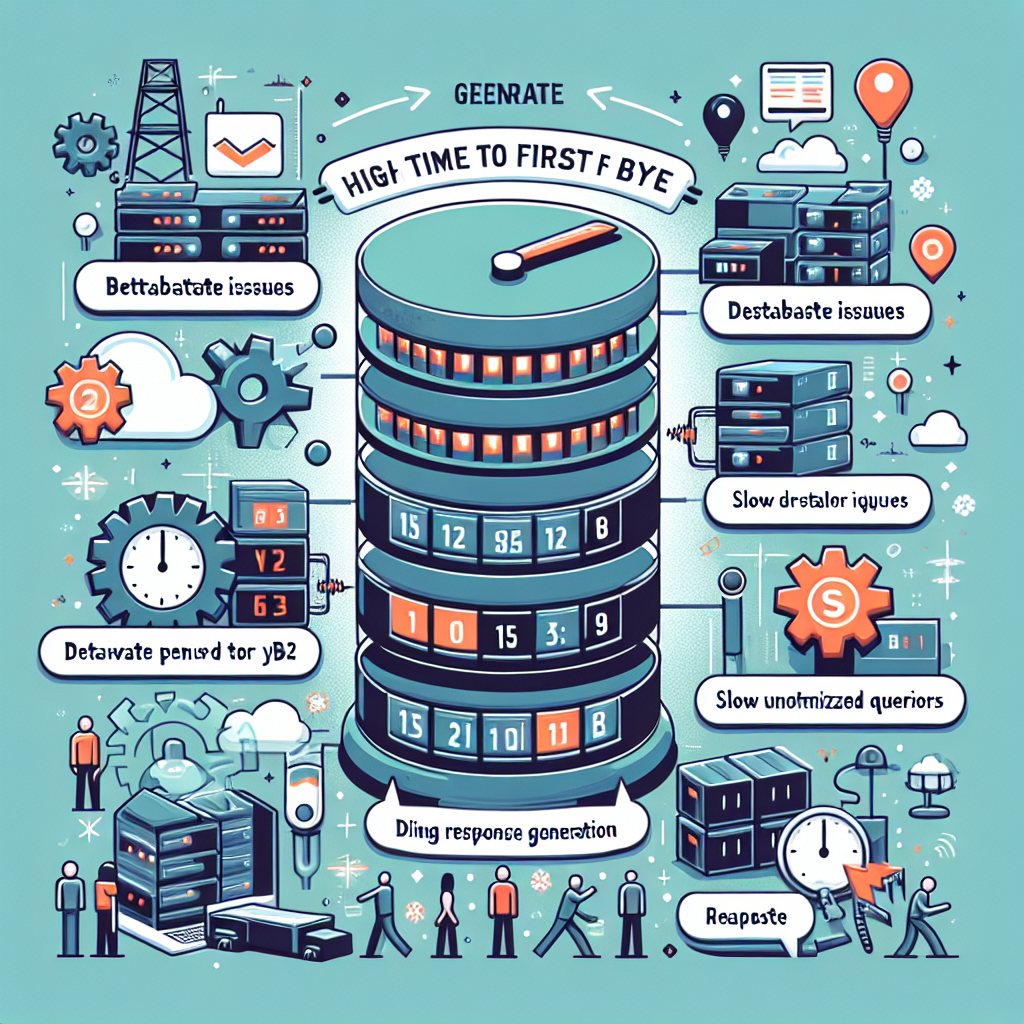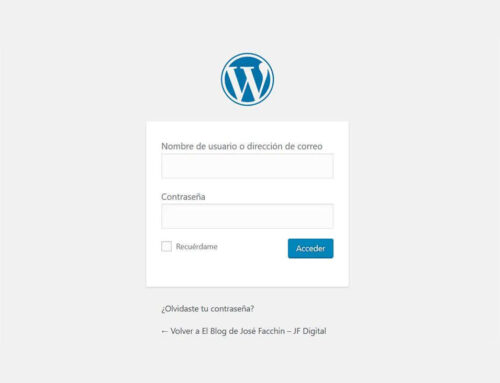A high TTFB (Time to First Byte) on your server can occur due to several factors, meaning there’s a delay between a user’s request and the moment your server sends the first byte of response. Below are some of the common reasons:
- Database issues: If your server relies on a database (like MySQL or MariaDB), slow or unoptimized queries can delay response generation. Ensure that tables are properly indexed and that there are no queries taking too long to execute.
- Server performance: If your server is underperforming (CPU overload, low RAM, or high disk usage), request processing will be slower. Check resource usage using tools like
toporhtopto identify bottlenecks. - Web server configuration: If your web server (such as Apache or Nginx) is not optimized, it could cause delays. Reviewing configurations like output compression (Gzip), caching usage, and concurrent connection parameters can help improve TTFB.
- Slow connection to external networks: If your server relies on external services (APIs, data sources) or is located in a data center far from your users, network latency can increase the TTFB.
- Caching: If caching is not properly used, every request needs to be processed from scratch. Setting up appropriate caching on the server can significantly reduce TTFB.







Leave A Comment